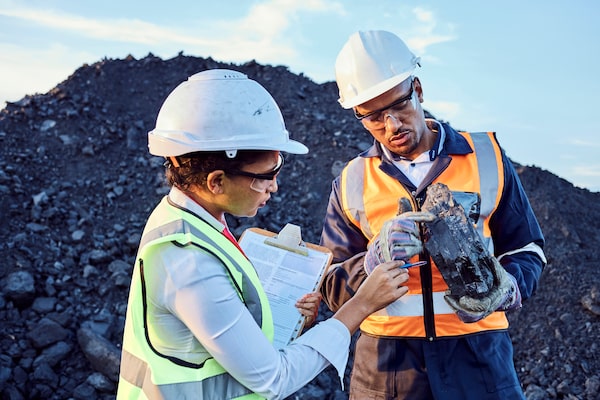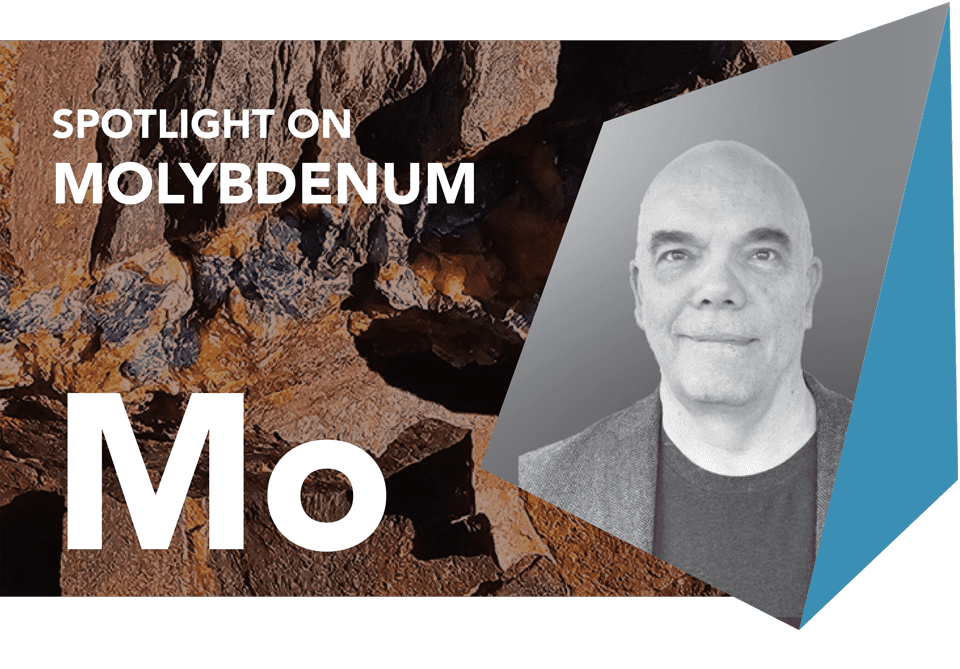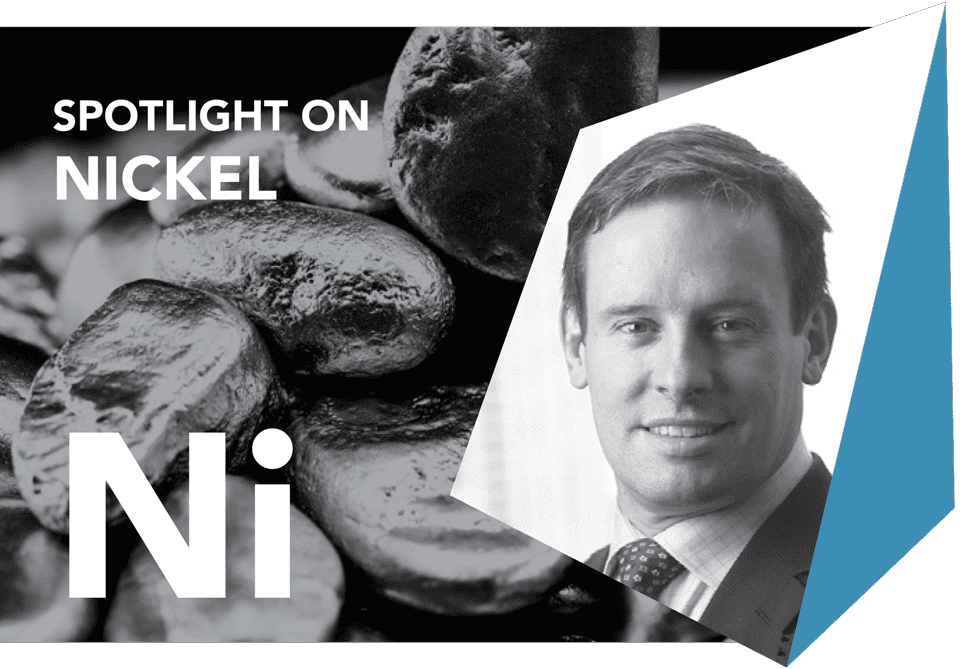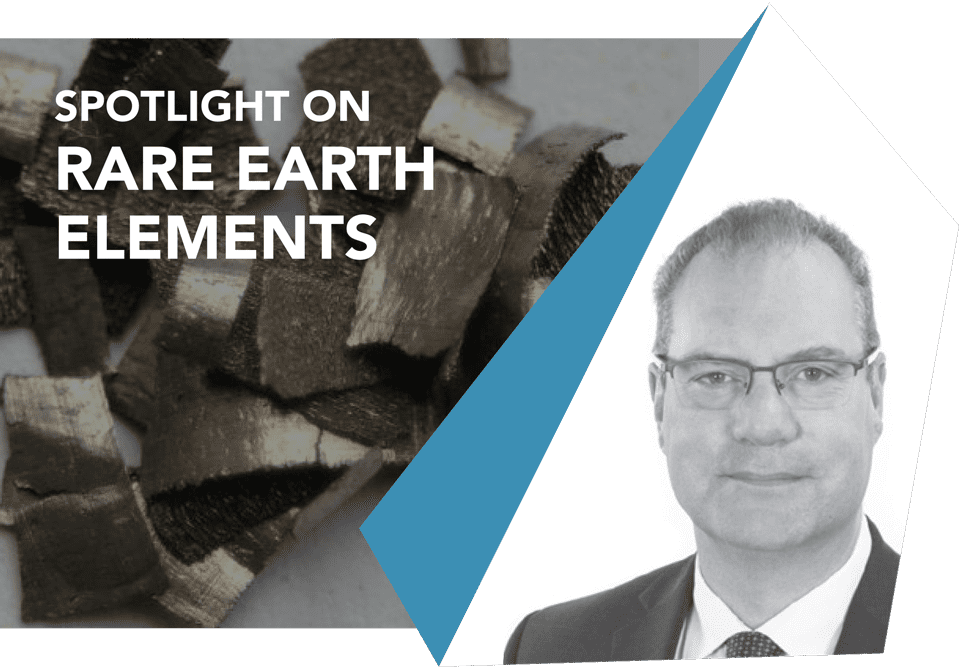
Critical minerals are urgently needed for the technologies powering a green, low-carbon future.Getty Images
As the world moves towards decarbonizing energy systems, countries and industries are working to secure the minerals and metals needed for this transition. In Canada, pathways are mapped out in the federal government’s critical minerals strategy. By shining a spotlight on some of the key materials needed for a low-carbon future, experts provide insights into the challenges and opportunities associated with critical minerals and metals.

“Across Canada, there is a real shift in attitude towards becoming less dependent on fossil fuels and moving towards a more sustainable and environmentally responsible future. With this goal, access to a reliable supply chain of metals – such as copper, lithium, nickel and rare earth minerals – has grown increasingly important to support the critical minerals strategy set out by the Canadian government. The demand for copper, for example, is anticipated to significantly increase because of its uses in expanding electricity networks and clean energy technologies. In 2022, Canadian mines produced about 550,000 metric tonnes of copper, over half of which originating in B.C. With a growing confidence in the exploration sector, this is proving to be an exciting time for investors. With Canada’s timeline to transition to a greener energy production, the reliance on exploration companies and the importance of discovering these critical metal deposits will grow exponentially.”
FIORE ALIPERTI
President and CEO, Metallis Resources Inc.

“Canada is home to abundant supplies of the critical minerals required for the energy transition, including one key ingredient: lithium. Beyond usage in industrial and pharmaceutical applications, lithium is a common component of a variety of battery chemistries, and this has created unmatched demand. From the hard rock spodumene deposits in central and eastern Canada to the lithium brine in the west, Canada has the resources to meet domestic demand as well as supplement key trading partners. However, without sufficient processing capabilities, Canada would simply become a lithium extractor and exporter, without domestic value-added processing. Much work is underway to advance homegrown lithium development, including promising innovations in direct lithium extraction. Further support of these extraction and processing technologies can position Canada as a global leader in both the lithium and battery sectors.”
SEAN DE VRIES
Executive Director, Battery Metals Association of Canada

“Molybdenum (Mo) is a critical metal used in the production of steel alloys to enhance strength, corrosion resistance, durability and heat resistance. Its unique properties make it essential for green energy technologies such as geothermal, wind turbines and solar power. According to the International Molybdenum Association, in 2022, global Mo usage rose 3 per cent to 631.5 million pounds whereas global production fell to 577.8 million pounds. In Canada, Mo is currently only produced in B.C. as a copper mining byproduct. Globally, about 80 per cent of Mo is mined as a byproduct with the remaining 20 per cent sourced from pure-play Mo deposits. Stuhini Exploration (STU) owns 100 per cent of the road-accessible Ruby Creek Molybdenum deposit near Atlin, B.C., a rare pure-play deposit, evaluated at 433 million pounds of molybdenum using a cutoff grade of 0.025 per cent Mo.“
DAVID O’BRIEN
President and CEO, Stuhini Exploration

“Palladium group metals (PGMs) are among the materials that are an important part of the value chain for the clean energy transition and economy. They are key materials for clean technologies, such as catalytic converters and catalysts used in hydrogen fuel cells, and electrolyzers for producing green hydrogen. PGM mining is only done in a few countries and is impacted by global socio-political and supply chain risks, which has pushed the industry to focus on sustainable options for recycling and metals recovery. The recycling process is typically expensive and not environmentally friendly, however, the pH7 closed-loop system offers a cost-effective and sustainable solution. Beyond recovering critical minerals by recycling end-of-life materials, pH7’s innovative process also applies organic, inorganic and electrochemistry to reduce the environmental impact of extracting and refining critical metals.”
MOHAMMAD DOOSTMOHAMMADI
CEO and CTO, pH7 Technologies

“Nickel is at the forefront of global decarbonization efforts. However, most international production involves high-carbon nickel controlled by China, which isn’t the solution for EV manufacturers and governments seeking to decarbonize. According to Benchmark Minerals, the world will need another 3 million tonnes of nickel supply, requiring 70 new mines, by 2035. Canada can be a global leader in sustainable nickel production through projects like Canada Nickel’s flagship Crawford project, the world’s second largest nickel reserve and estimated to produce 48,000 tonnes of nickel per year. In addition, the project’s wasterock and tailings have a natural ability to permanently sequester carbon, allowing capture and storage of over 1.5 megatonnes of CO2 annually, potentially making Crawford the largest carbon storage facility in Canada and resulting in a net negative 30 tonnes of CO2 per tonne of nickel.”
MARK SELBY
CEO, Canada Nickel Company

“There is a high demand for cobalt, which is a critical component for EV batteries and electronic devices. Canada, which produced 3,000 tonnes of cobalt in 2022, has a great opportunity to increase the capacity for mining cobalt and refining it domestically to meet energy transition goals. With our major silver-cobalt discovery in Canada’s historic Cobalt Mining Camp in northern Ontario, which still holds an abundance of cobalt metal that could easily be mined, we are part of the effort to step up cobalt production – and at a low cost since it would be a byproduct of silver mining. In addition, our Re-2Ox technology is capable of producing a 22.6 per cent cobalt sulphate, which meets international battery industry specifications. Technology like Re-2Ox can also be adapted for slag and tailings from other producing mines in Canada, thereby reclaiming even more cobalt and stabilizing the environment.”
MATT HALLIDAY
President, Nord Precious Metals

“Rare earth elements (REEs), a set of 17 metallic elements, are seen as essential to the clean energy transition. Their largest and most important use, accounting for over two-thirds of total demand, is in permanent magnets for use in electronics as well as industrial applications, including clean energy, aerospace and automotive. Although Canada has immense resources of REEs (with an estimated 15.1 million tonnes of rare earth oxide), it isn’t a mass producer of REEs. Global REE production is currently dominated by China, yet many nations recognize the imperative to develop strong and reliable domestic supply chains. To advance this objective, the Saskatchewan Research Council decided to establish Canada’s first fully integrated minerals-to-metals Rare Earth Processing Facility, which is scheduled to be fully operational in the fall of 2024, with the capacity for 400 tonnes per year of neodymium-praseodymium metal.”
MIKE CRABTREE
President and CEO, Saskatchewan Research Council
Produced by Randall Anthony Communications with the Prospectors & Developers Association of Canada. The Globe’s Editorial Department was not involved.